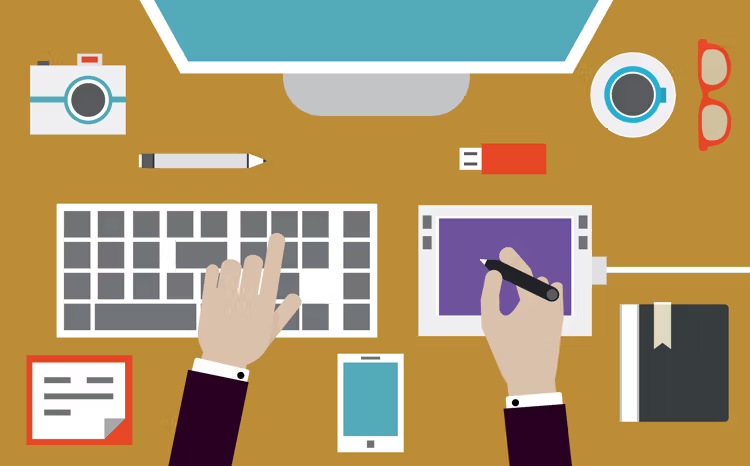Task: Your Will Part 1: The Possessions
It’s time to tackle your Will, which we’re splitting into four tasks to help demystify the process.

While the concept of a Will might seem intimidating, its purpose is simply to ensure your property goes to the right people and your children or special needs dependents are taken care of by the right people. It can be as basic or elaborate as you choose.
This task focuses on your stuff. You can leave your assets and belongings to anyone you want. A beneficiary can be a family member or members, friends, pets (via a human guardian), strangers, organizations, or institutions. By identifying who gets what, you’ll relieve some of the stress your family will have to face when settling your estate. If not, a judge who doesn’t know you or your family will make these decisions, which is about as appealing as it sounds.
Here’s the stuff you can include in a Will
- Actual property, such as real estate, land, and buildings where you’re the sole owner.
- Cash, including money in bank accounts, hidden in the ottoman, investments, money market accounts, bitcoin, etc. (Basically, everything we covered in the Details About Your Money & Assets task.)
- "Intangible personal property," such as stocks, bonds, and other forms of business ownership, as well as intellectual property, royalties, patents, and copyrights.
- "Unproductive property," such as cars you own, artwork, jewelry, and furniture.
In short: If you own it, you can give it.
Here’s the stuff you can’t include in a Will
- Property you own equally with someone else (called “joint tenancy”). Example: You can’t give away a house you own with your spouse, since the property automatically transfers to the surviving owner.
- Trusts, retirement plans, or insurance policies that clearly state a beneficiary. If you already determined who’s getting it, you can’t do it again.
- Stocks or bonds that are set to transfer to another party upon death, which is just like the bullet point above.
- Digital assets. You can leave photos and things you own, but if it’s a service you use then it gets a little tricky. We have these all laid out in a series of Digital Assets tasks, but let’s say there are grey areas that you can possibly work around.
In short: If you don’t own it outright, you can’t give it.
What About the Leftovers?
Who’s got time to itemize every single possession in your life? Enter the “residuary estate,” which is all the extra stuff you don’t think is worth listing out separately. (Examples: stereo system, clothes and shoes, end table, power saw, lamp shaped like a tiger.) For these miscellaneous items you designate a “residuary beneficiary” who takes charge over all the remaining assets you don’t include in your Will.
You may want to leave instructions so this person doesn’t feel the need to save everything out of sentimentality or guilt. Instead, tell them to dole it out to family and friends as they see fit, have an estate sale if they think it can fetch any money, and donate the rest to charity or the local dump.
The Task
List out the assets you want to leave behind, either on paper or in a digital document. You’ll want this for when it’s time to create your actual Will. Start with your financials, which you already got sorted by doing the Details About Your Money & Assets task. Then use the info you gathered from the Gather Up Your Valuable Assets task.
Once you have the big items out of the way, take a basic inventory of your assets so you’re not accidentally excluding a few gems you want a specific person to have. We’re talking about valuable items that might get lost in the shuffle like expensive furniture, a workshop full of tools, or enough designer bags to equal the combined value of expensive furniture and a workshop full of tools.
You might also want to include high-value heirlooms, which are an important part of preserving your family’s legacy. Just because you list this stuff out doesn’t mean it all has to go in your Will. You may want to only include the money and major assets and then allocate the rest in a more informal way, which we cover in a task about heirlooms. But it doesn’t hurt to have a full picture of all possibilities so you don’t accidentally leave anything out.
<< Previous Task | Next Task >>
- Task: Get Your Passwords OrganizedThe typical person has an average of over 200 different online accounts,...Read more
- Digital Cheat Sheet: How To Create A Digital...What happens to your digital property after you die? Great question! Here's...Read more
- Task: Grant Access To Your DevicesIn case of an emergency, how could someone you trust access your phone?Read more
- Task: Clean Up Your Phone ContactsWe’re all familiar with naming an emergency contact if something happens,...Read more



